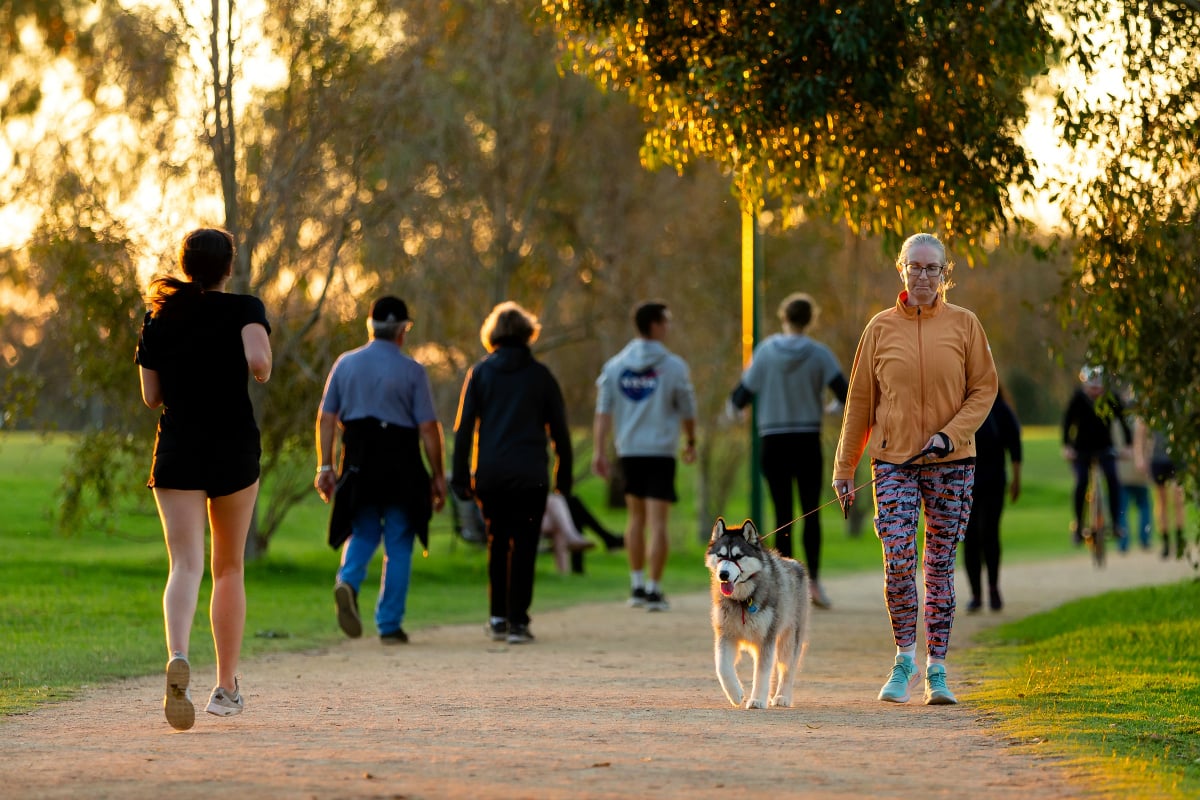
Australia’s Deputy Chief Medical Officer, Professor Paul Kelly, says we’re on the “cusp” of seeing the coronavirus die out locally.
Despite the fact that new cases continue to be reported daily, there are positive signs that Australia is succeeding in flattening the curve.
So what is the best indication of how Australia is tracking?
It’s called the growth rate. Also known as the growth factor, R0, infection rate or the reproduction number.
Watch: Mamamia breaks down your most common questions about COVID-19. Post continues after video.



Top Comments
This is great news I would love to understand more about the end game though. If we get to zero even for a few weeks, we stll can't open the borders so the economy stays destroyed, and we have no immunity. I thought intially we were flattening the curve (eg not trying to stop the infection, but controlling the rate of infection and trying to avoid the vunerable getting it? It seems now we are trying to stamp it out maybe??? I'd love to know more about what the plan going forward. Will we reach a point where we want the infection rate to increase in the healthy?? I personally think the "wait for a vaccine" endgame is a very very dangerous option, as there is a very good chance they won't be able to find one.
It's so good to hear some positive news, but I also think we need to be careful that people don't interpret things the wrong way and relax with their isolation.
I think our geography has paid a huge part, not only that we are an island, but also in how our population is so widely dispersed (Sydney and Melbourne aside). Add to that our way of life - houses with actual yards; a work-then-home culture that doesn't see us out ever night in the local piazza like in Italy for example; low numbers of multi-generational homes etc. We are very fortunate simply by being Australian.
This isn't an attack on our government or leaders - who are doing the best they can with what they know - but at the end of all this, I hope we can devise a better plan to manage virus outbreaks. The price of what it's taken to contain this virus - from jobs lost, businesses shutting down or struggling, personal freedoms taken away and the impact on our mental health (to name a few) is just SO so high :(